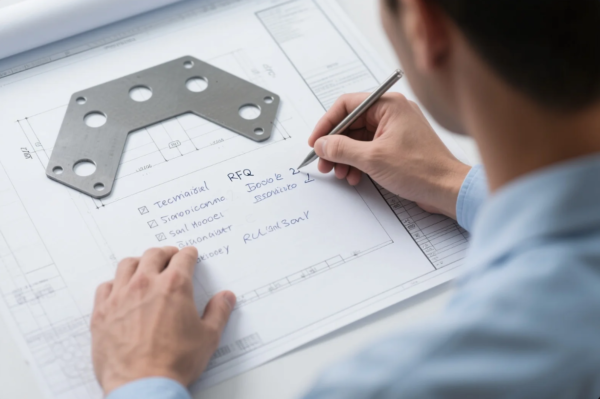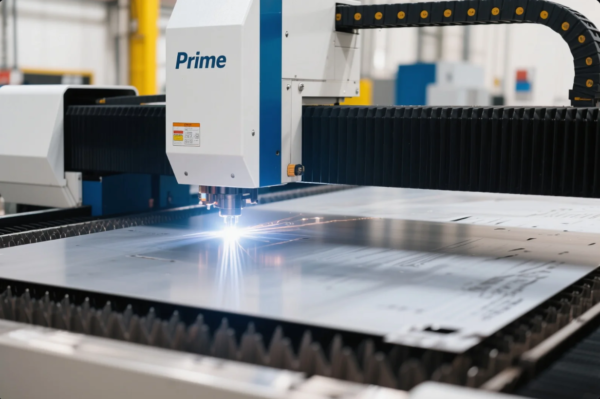What is the best tool for smoothing edges on a piece of metal?
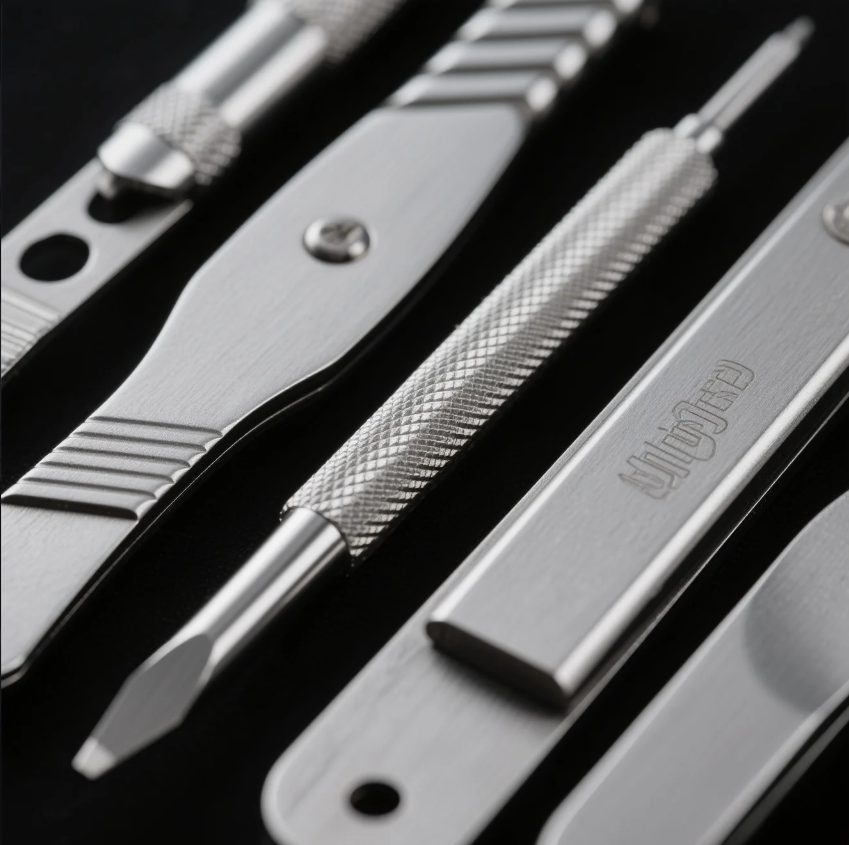
Rough metal edges aren’t just ugly—they can be dangerous or lead to product failure.
The best tool for smoothing metal edges depends on your part size and finish need. Common tools include flap wheels, belt grinders, deburring blades, and files.
At Prime, we use a mix of hand tools and machines to smooth edges on cut, punched, or CNC-fabricated sheet metal parts, ensuring safety and finish consistency.
How to make metal edges smooth?
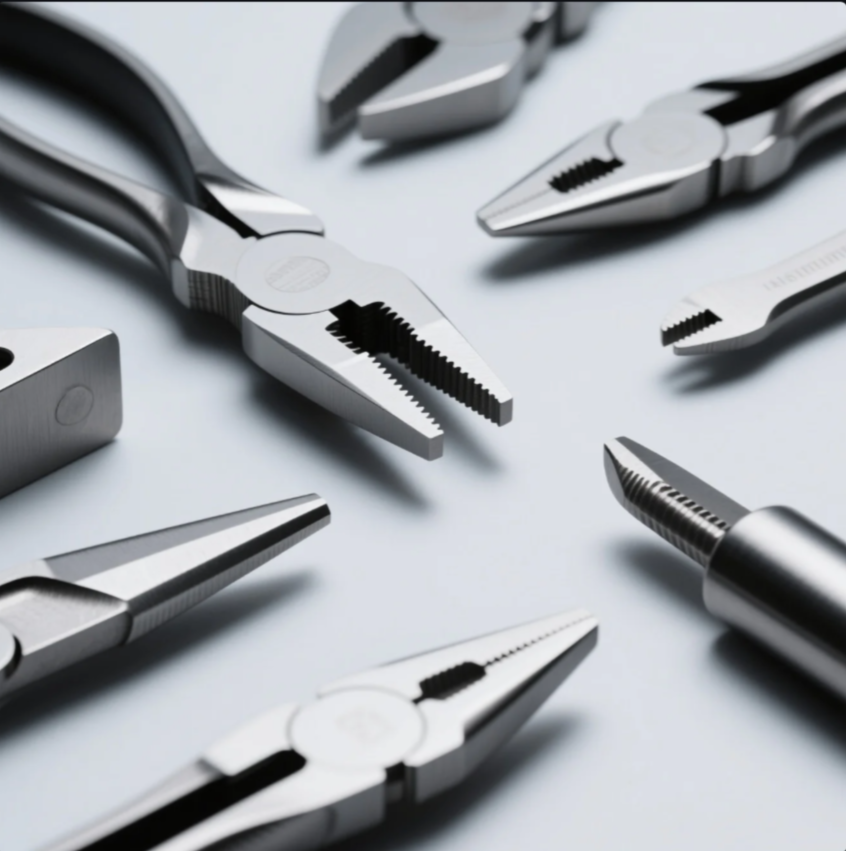
Freshly cut metal edges almost always leave burrs or sharpness.
Smooth metal edges by using a file, rotary deburring tool, abrasive pad, or belt grinder—depending on the part size and shape.
At Prime, we apply different smoothing methods for laser-cut, waterjet, and punched parts, especially on corners and cutouts.
Edge Smoothing Process
| Step | Tool/Material Used |
|---|---|
| Step 1: Deburr | Hand file or deburring blade |
| Step 2: Smooth | Sandpaper (120–400 grit) |
| Step 3: Polish | Scotch-Brite pad or fine buffing |
We test all edges before coating or packing to avoid rework or injury.
What tool is used to smooth metal?
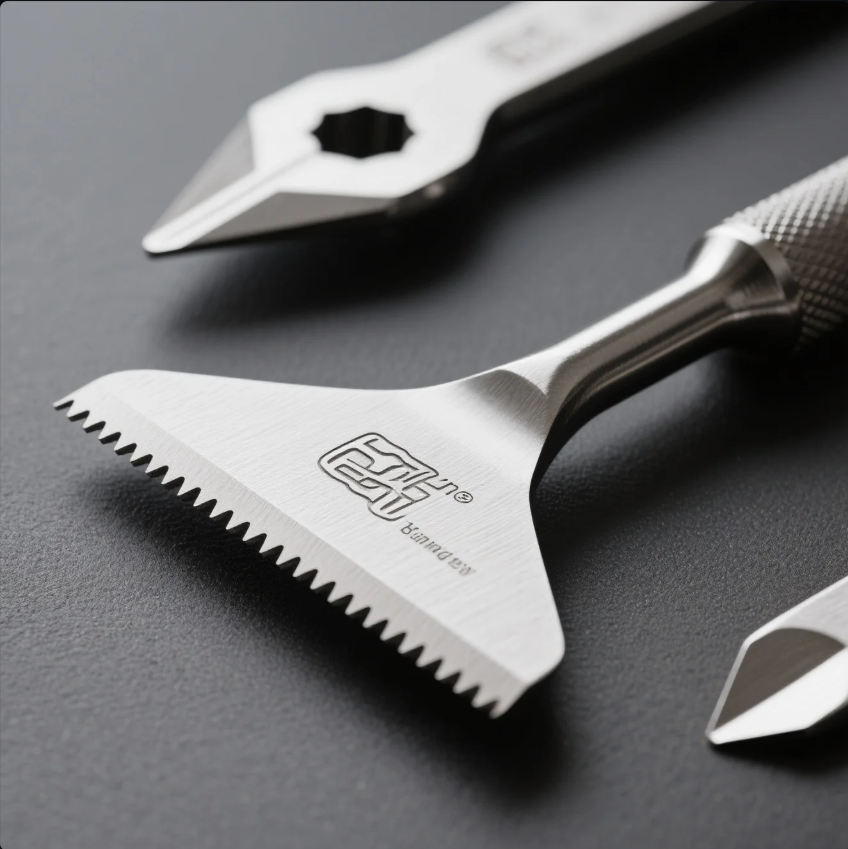
Choosing the right tool makes the job easier—and more precise.
Flap wheels and belt grinders are best for large flat areas. Rotary burrs and files are ideal for small holes or tight corners.
At Prime, we use flap wheels for stamped panels, rotary bits for CNC hole finishing, and belt sanders for long edge runs.
Tools for Smoothing Metal
| Tool | Best Use |
|---|---|
| Flap Disc | General edge blending |
| Belt Grinder | Long, straight sections |
| Hand File | Small-scale or precision edges |
| Rotary Deburr Tool | Holes, slots, tight areas |
| Scotch-Brite Wheel | Final polishing and prep |
Each tool gives a different finish—from functional to cosmetic quality.
How to smooth rough metal by hand?
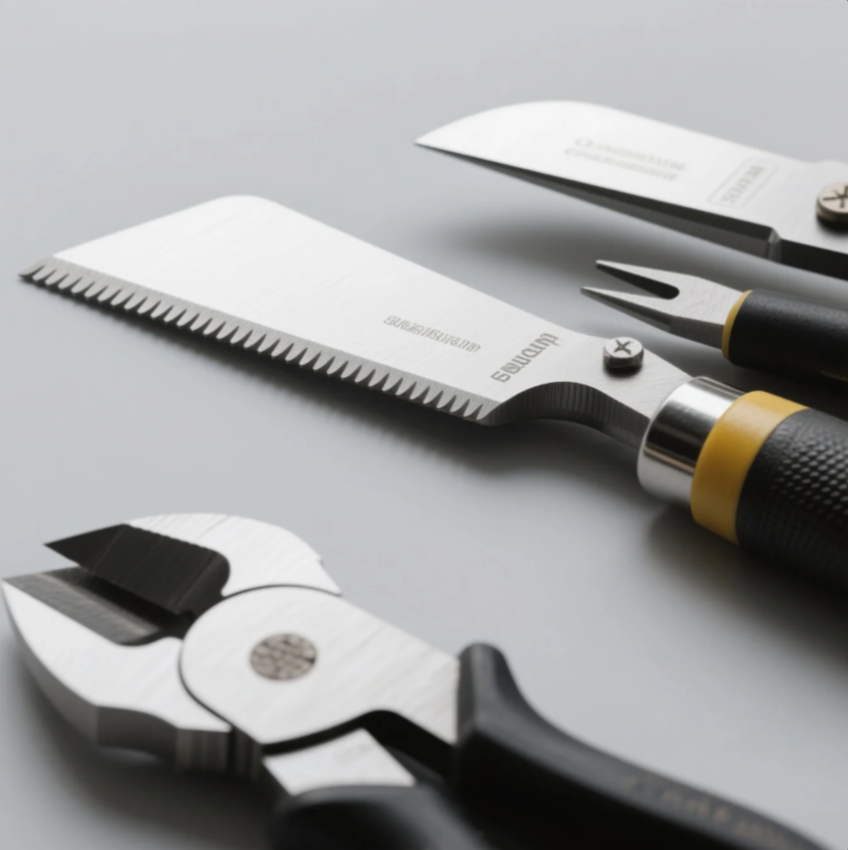
Power tools aren’t always necessary—especially for touchups or prototypes.
To smooth rough metal by hand, use a flat file to break the edge, then follow with emery cloth or sandpaper to polish the surface.
At Prime, we hand-finish low-volume or delicate parts when edge control and surface finish are critical.
Hand-Smoothing Tools & Grits
| Tool Type | Grit/Use |
|---|---|
| Flat File | Initial burr removal (coarse cut) |
| Emery Cloth | Medium smoothing (180–320 grit) |
| Sanding Block | Final smoothing or satin finish |
| Scotch Pad | Light cleanup or surface prep |
Manual smoothing is also ideal for post-coating edge touch-up or rework.
What is used to form or smooth rough metal edges?
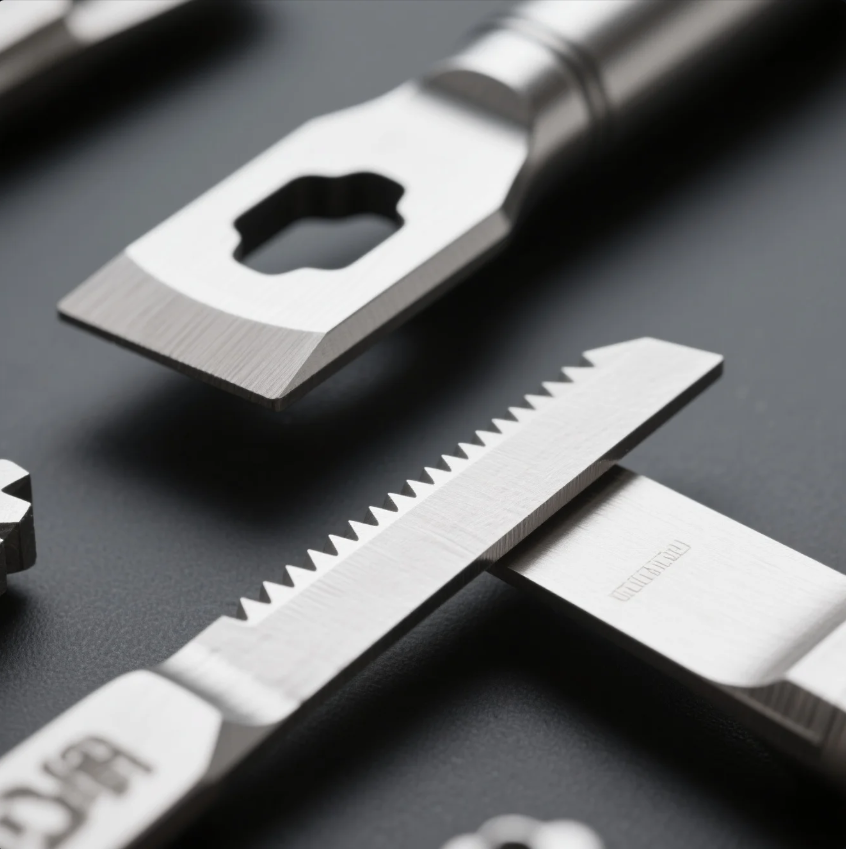
Sometimes, smoothing also means shaping the edge—not just softening it.
You can form and smooth rough edges using edge rounding tools, chamfering bits, or soft hemming for thin sheet metal.
At Prime, we recommend edge forming for high-touch parts or exposed components where safety and aesthetics matter.
Edge Forming & Smoothing Options
| Method | Best Application |
|---|---|
| Hemming | Folds edge back for safety |
| Edge Rounding Tool | Adds consistent radius |
| Chamfering Bit | Bevels thick parts at corners |
| Vibratory Deburring | Bulk edge smoothing (small parts) |
We select the method that fits your material, budget, and product function.
Conclusion
The best tools for smoothing metal edges include flap discs, belt grinders, hand files, and deburring blades—chosen based on your part’s shape and finish needs.
Need clean, safe edges on every part? Prime delivers precision sheet metal finishing, ISO-certified quality, and custom edge treatments for industrial and commercial projects. Contact us now for expert guidance and a detailed quote.


